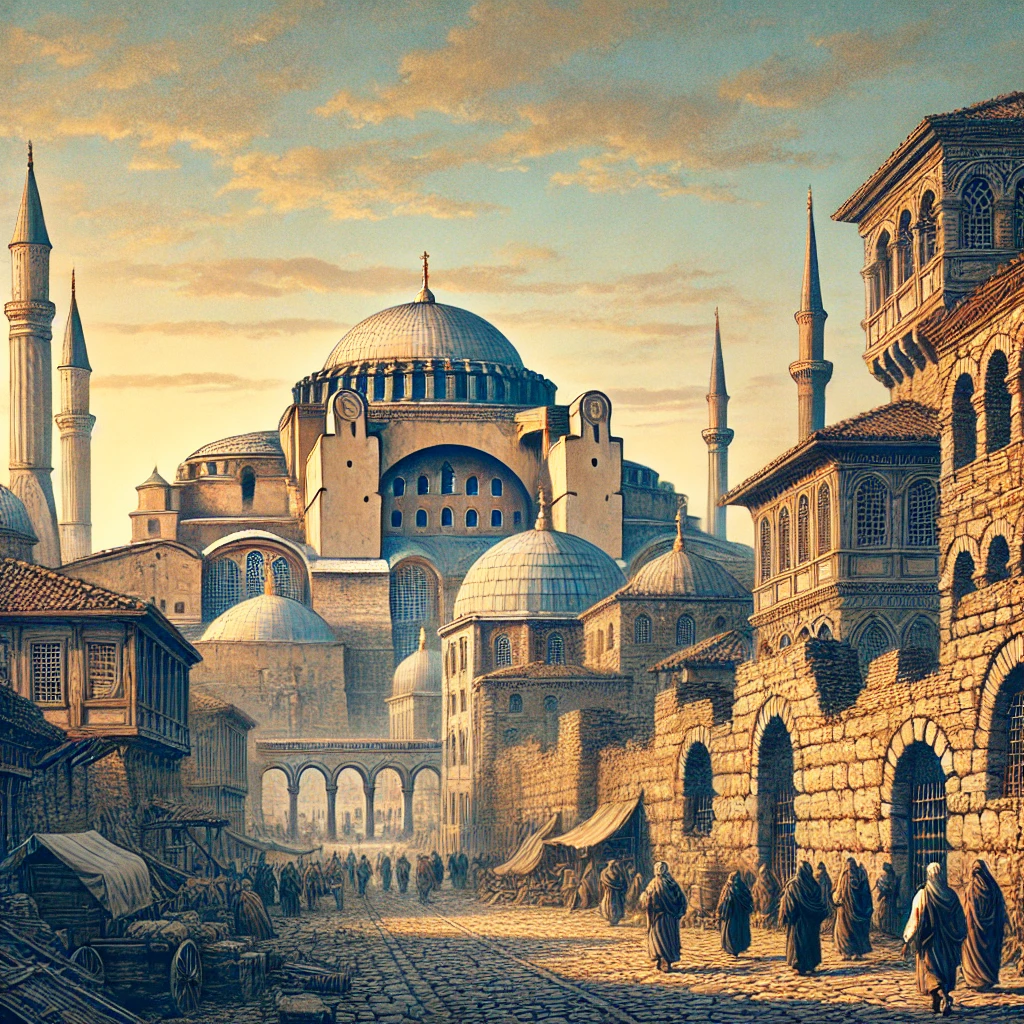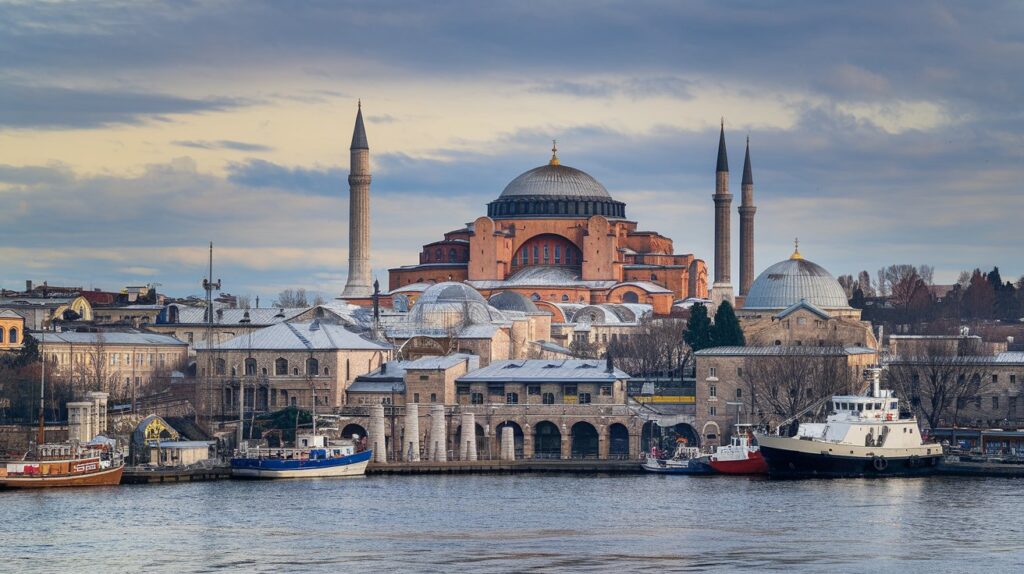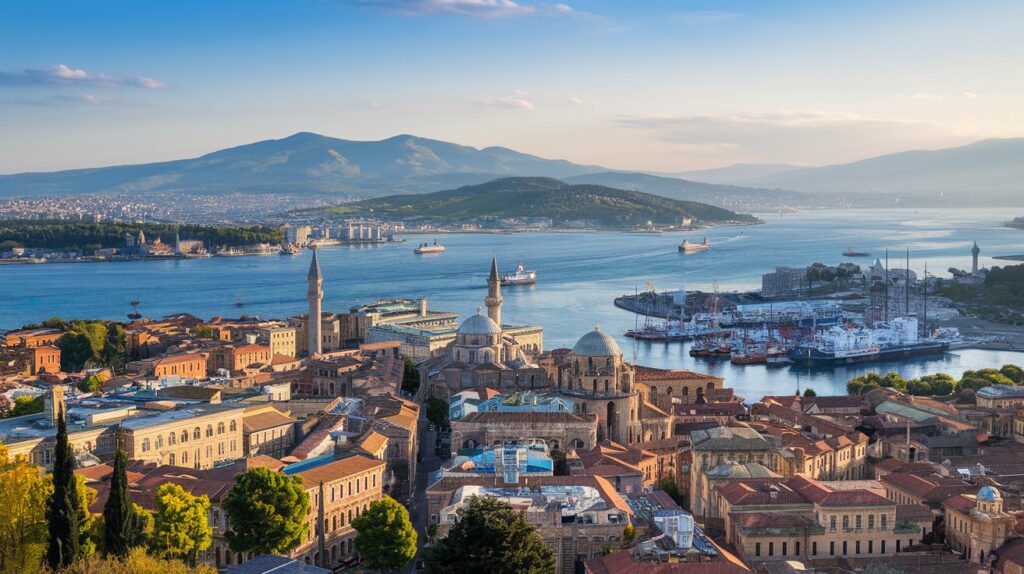Istanbul, where East meets West, has a history stretching back thousands of years. This city has been a center for trade, culture, and power, with names that reflect its storied past. So, are Istanbul and Constantinople the same place? The simple answer is “yes”—Istanbul is the modern name for the ancient city once known as Constantinople. But there’s much more to this story.

Constantinople: The Birth of a Historic Name
The city we call Istanbul today was founded by the Greeks around 660 BC as Byzantium. Over centuries, it grew into a cultural and economic hub. In 330 AD, Roman Emperor Constantine the Great transformed Byzantium into the new capital of the Roman Empire. He renamed it Constantinople, which means “City of Constantine.” Constantinople then grew into a powerful city, remaining central through both the Byzantine and Ottoman Empires.
Constantinople became synonymous with wealth, knowledge, and religious significance. It housed landmarks like the Hagia Sophia and Hippodrome, showcasing the empire’s grandeur. For nearly a thousand years, it was the heart of the Eastern Roman, or Byzantine, Empire. This reign continued until the Ottomans conquered it in 1453.
The Ottoman Conquest and the Rise of Istanbul
In 1453, Sultan Mehmed II—also called Mehmed the Conqueror—captured Constantinople, ending the Byzantine Empire and beginning the Ottoman era. While “Constantinople” remained official, Ottomans referred to it as Istanbul in their language. Gradually, Istanbul became widely used, reflecting Turkish influence and the city’s Ottoman identity.
The name Istanbul likely originates from the Greek phrase “eis tin poli,” meaning “to the city.” Even before the Ottoman conquest, locals referred to Constantinople this way. By the 17th century, “Istanbul” was common across the empire, marking the city’s evolution.

Istanbul: A Modern Identity with Ancient Roots
Not until 1930 did the name “Istanbul” become the city’s only official name. When Mustafa Kemal Atatürk formed modern Turkey, a new national identity emerged. Turkey encouraged other nations to recognize the name “Istanbul” over “Constantinople” for a unified identity.
Today, Istanbul is Turkey’s cultural and economic capital, where ancient history meets vibrant modernity. Visitors explore Byzantine and Ottoman relics, like Hagia Sophia and Topkapi Palace, and witness firsthand the city’s layers of history.
Why Is the Name Important?
The names Istanbul and Constantinople represent more than geography; they symbolize identity. For Turkish people and Istanbul residents, the city’s name embodies resilience, cultural diversity, and transformation. The renaming reflects Turkey’s journey from an empire to a republic.
Modern Istanbul: A Living Legacy of Constantinople
When people ask, “are Istanbul and Constantinople the same place?” the answer goes beyond names. Istanbul today embodies Constantinople’s spirit, showing traces of Greek, Roman, Byzantine, and Ottoman heritage. Strolling through Sultanahmet or exploring Karaköy, visitors experience a blend of ancient and modern.
The city’s history shines through its architecture, street names, and traditions. Constantinople is the ancient name, but Istanbul is the city’s present identity, honoring the legacy of its former titles.
Final Thoughts: The City of Many Names
Istanbul and Constantinople are indeed the same place, yet each name tells a different story. From Byzantium to Constantinople, and now Istanbul, this city’s evolution mirrors its transformations. Istanbul remains a symbol of history, resilience, and cultural diversity, where past and present blend seamlessly.
So, when you think of Istanbul, remember that this city was once called Constantinople and even Byzantium. Each name pays tribute to its journey, proving that Istanbul is more than a name—it’s a legacy.

Please note, however, that this content is intended solely for informational purposes and, therefore, does not include any promotional links or advertisements.
